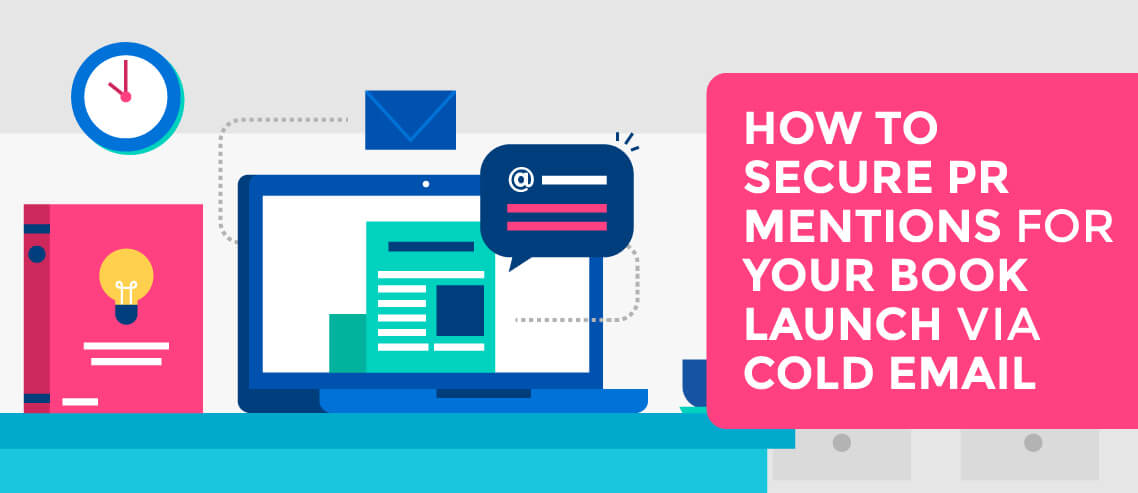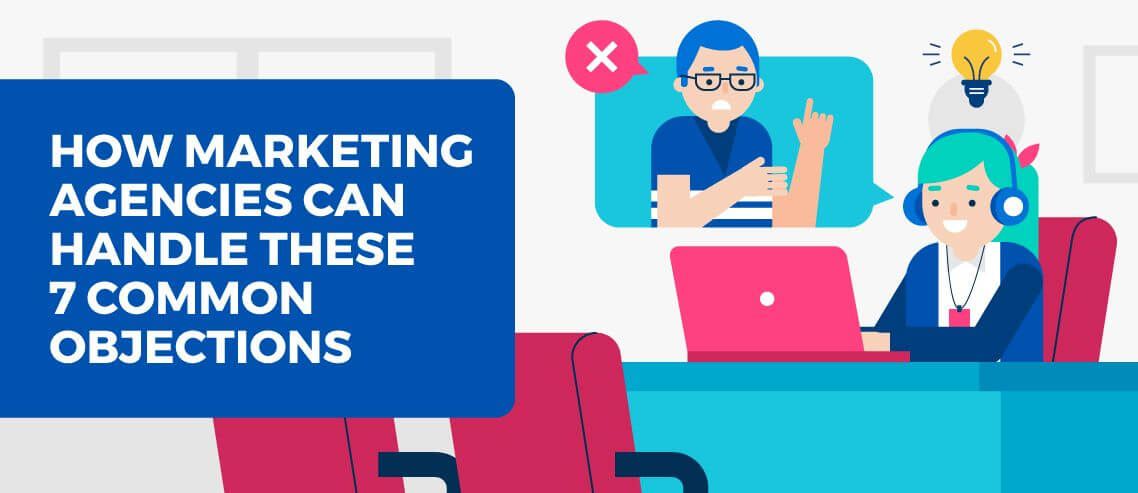Linkbuilding Trends and How to Create Linkable Content in 2020
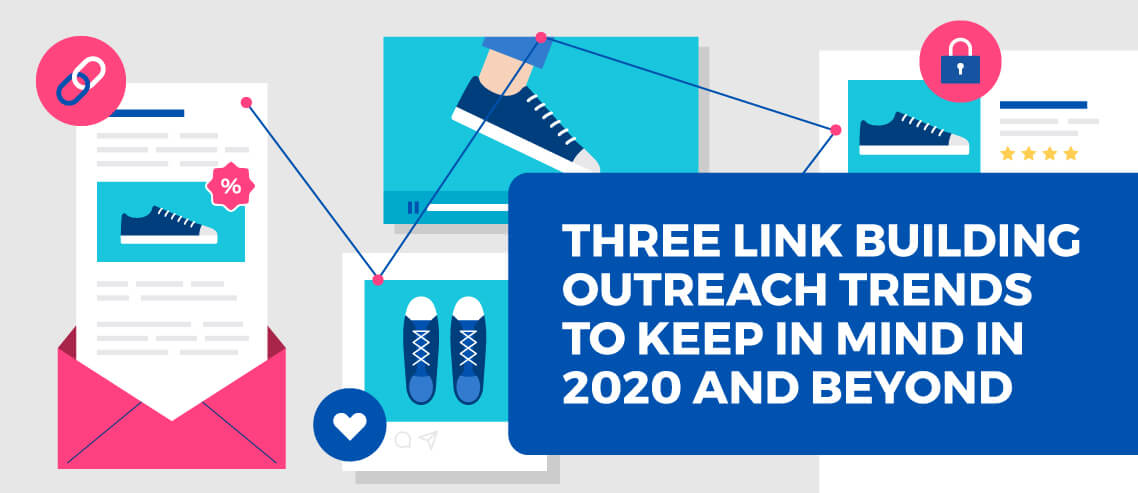
Contents
Link building outreach is being influenced by the ever-changing digital marketing industry.
Is your link building outreach campaign taking into account these changes?
The overall trend is obvious: Links are still crucial for online visibility, yet they are getting harder to get. Hence link building outreach is becoming more sophisticated and follow-up tactics are getting more advanced and intricate.
Beyond that, how is link building outreach changing and what new tactics should you experiment with in 2020 and beyond?
1. Linking Leads Are Increasingly Tougher to Engage
Email outreach response rate is staggering. According to a collaborative study by Brian Dean and Pitchbox, the average email outreach response rate is 8.5%.
In other words, more than 90% of your email remain unanswered.
These days bloggers and journalists are bombarded with link requests. They can recognize mass campaigns and fake link-baity tactics. Engaging your contacts and getting them to reply is becoming harder and harder.
There’s only one solution to this problem: Authenticity
This is about providing authentic value and focusing on authentic relationship building.
Email outreach is an exchange of value.
You need to give something in order to get links. Examples include:
- Create original research based on your customer data or survey. For example, based on our clients’ data, we put together the Google organic click-through study.
- Visualize existing research to bring up less discussed trends. Statista is a great example of repurposing someone else’s content to create linkable assets. There are multiple tools and plugins to visualize data to create linkable assets.
Creating value should be re-enforced by effective relationship building. Each of your email outreach campaigns is going to be much more successful if you maintain active relationships with your linking leads in-between.
Nurturing your relationships with your link building leads is no different from nurturing your relationships with your clients. Engage with them regularly on social media, send out emails to congratulate them on their birthday, invite them to be featured on your site or social media channels.
On average, a person needs about 8 touchpoints to remember you (and this number goes back to 2015. I am pretty sure it’s more now that we are well into the information overload era). That’s how actively you need to bring your brand in front of niche bloggers and journalists to increase your chances they will remember you by the time you email:

It is also a good idea to personalize their experience when they finally get to your site. Using content engagement tools like Alter is always a good idea to bring your content asset in front of your site users, including your link building leads:

2. Privacy Concerns Are Getting Stronger
Ever since the European Union has launched online privacy regulations called The General Data Protection Regulation (GDPR), privacy concerns have become widely recognized. Around 100,000 complaints have been issued with EU national data protection authorities showing that more and more people become aware of their privacy rights.
Your linking leads recognize their right to privacy too, and if you get too pushy, you can end up annoying them. This could blow up. Your contact may bring the issue public discussing your practices on social media.
To minimize the reputation management risks:
- Cancel (automated) follow-ups if you feel your contact is already annoyed. Remember the basic privacy law: “The right to privacy includes the right to be left alone”
- Avoid adding your contacts to your email lists (and mass emailing them)
- Finally and obviously, tweak your privacy policy and settings for GDPR compliance. If you don’t have the page yet, create a detailed on-site privacy policy (here’s a nice GDPR-compliant privacy policy generator)
- Personalize your outreach as much as you can to rule out any suspicions you may be automating your emails.
- Again, focus on relationship building. The better your relationships with your linking leads are, the less likely they will be to complain when hearing from you.
3. Linkable Content Creation Should Become More Integrated
Just a few years ago it was much easier: Original and useful content would bring links organically. It was hard to build links to product pages and commercial landing pages but content-based link building was basically a breeze.
These days creating content that would bring links on its own, without you asking for those, is next to impossible. Content consumption is quickly exceeding content demand, so standing out is tough.
The key is in creating integrated content creation strategy that would include many of the below areas:
- Customer support: Creating user-centered content addressing real customers’ questions is a great way to get them help promote it. It also helps to uncover content topics that would potentially resonate with your audience. Interview your customer support team on a regular basis to get their input on your customers’ struggles. Using a centralized CRM dashboard for cross-team collaboration is a great idea.
- Influencer marketing: Including influencers in your content creation is a great way to give it the initial push and make it more trustworthy. Content collaboration also helps build your brand association with authoritative names making your outreach more effective. Buzzsumo is a great way to discover influencers to work with.
- Social media marketing: Social media listening helps spot important trends. In turn, newsworthy content attracts organic links and make outreach more effective. Therefore integrating your linkable content creation with social media listening can boost your results. Agorapulse will help you set up a cross-channel social media listening and task management routine.
- SEO: Creating content that ranks is the ultimate goal of any link building campaign. Google is a powerful research engine that is able to bring linking leads to your site organically. Thus, optimizing your linkable content for searchable keywords is such an important step in creating linkable assets. To optimize your linkable content for search, use Text Optimizer which is a semantic analysis that suggests related concepts and terms your content will benefit from:

[Apart from optimizing content for organic visibility, Text Optimizer pushes you to expand your content making it more indepth]
Takeaways
In order to accommodate new marketing trends, marketers need to build a cohesive email outreach technology stack.
- Link building outreach is an exchange of value: You need to build something truly original to get links.
- Growing privacy awareness may result in public reputation management scandal. To minimize your risks, avoid mass-emailing, personalize well and create detailed privacy policy for your site.
- Link building outreach should rely on powerful content asset. To create an effective asset, include your customer support and social media teams, collaborate with niche influencers and get your SEO team optimize it for organic visibility.
How to Create Linkable Content that Makes Outreach a Breeze
There are three types of content that attracts links and makes email outreach easier and more effective:
- Original research (survey-based)
- Ego-baiting content (one featuring notable niche influencers)
- Content that ranks well (Ultimately, you want to stop outreach but have those links coming… This is possible if you get your content rank in top 5 for a popular query that bloggers and journalists search for to put together content and research of their own)
But the real power of outreach-friendly content marketing is in combining all of the three types in one content.
But I am getting ahead of myself. Let’s look into each of this in more detail:
1. Come up with Content Idea that Ranks
Here I start with linkable content #3 because it lays the foundation for everything: We need to find a searchable idea, i.e. one that may be research by bloggers and journalists who will hopefully discover our research on Google and link to it as a source. This is the ultimate goal, but to make it happen, this is also where we start.
Keyword research usually helps in discovering ideas for your research, as well as question research. Basically, it’s the same type of brainstorming you’d when creating any type of content.
Looking and assessing your own content is a good idea here, actually, if you have been contributing industry content for at least a year, it’s probably the best place to start. You want to know which content attracts traffic, attracts links and engages your audience.
Check your own web analytics dashboard in search for some exceptionally great content. Here I am using Finteza which is an advanced traffic analytics platform with a huge focus on engagement and conversion analytics:

You can further research the selected content performance to see:
- Its traffic sources (Including search queries),
- Its driven conversion
- Its audience demographics, etc.:
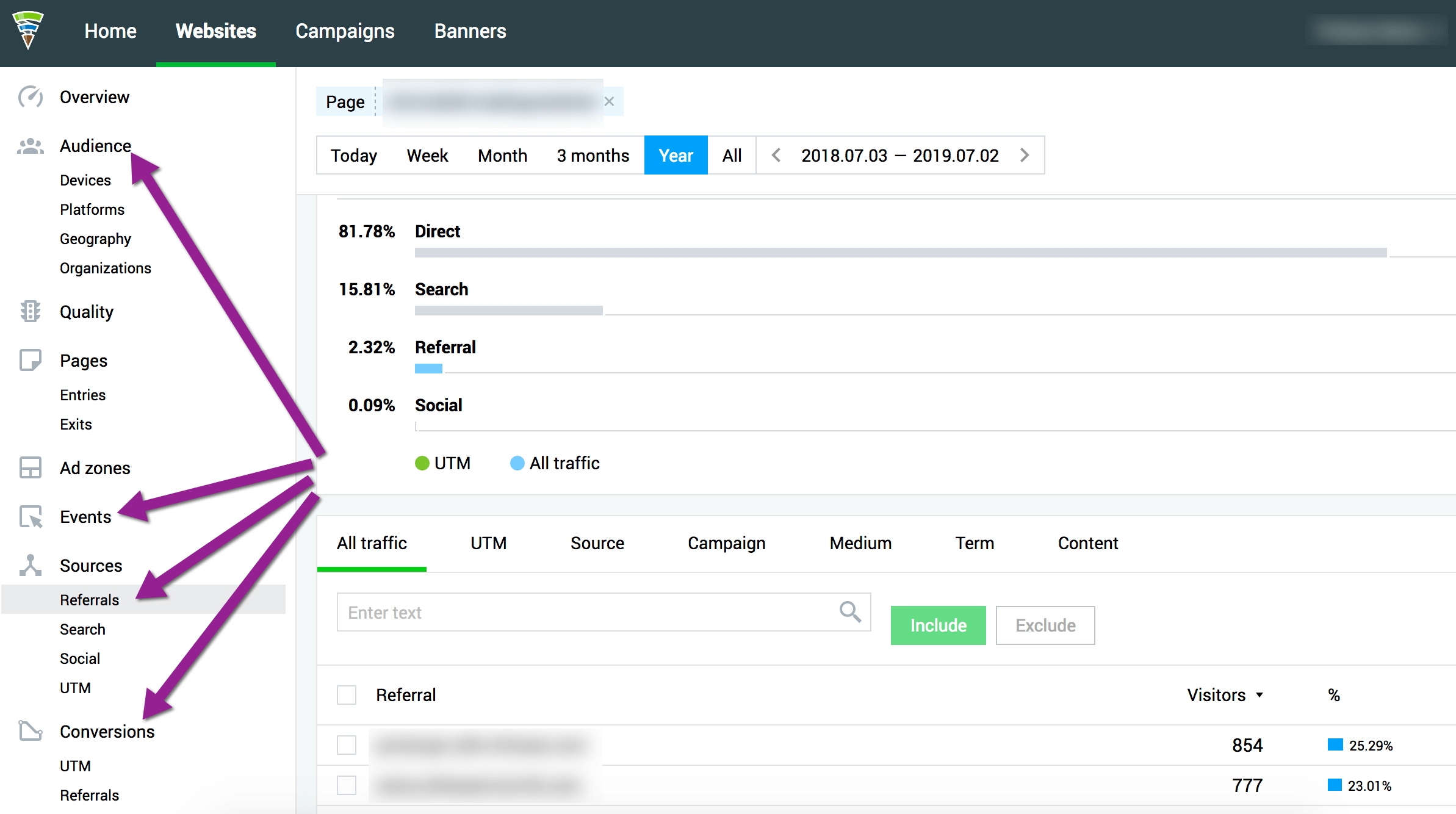
This gives you lots of information as to whether you should invest in turning this content asset into a survey-based research.
Make a good list of your ideas and search for existing research studies. Ideally you want to go ahead with the one that hasn’t been done for a while (if at all).
Actually, it’s best to choose the one that was done in the past but years ago. You’ll be able to claim those links by providing those publishers with updated data.
2. Collect Your Data
Once you know which topic / question you are building your content asset around, put together a survey and collect your data.
If you have a solid customer base, consider inviting them to complete your survey. This is free, plus it’s a good opportunity to re-engage your past customers.
Here’s also a detailed article on collecting free submissions for your survey which you can use in combination with other methods, like paying for SurveyMonkey’s Audience solution.
You can also collect answers from your current and future site visitors. I use Alter to engage my audience which should work for getting additional survey submissions too.
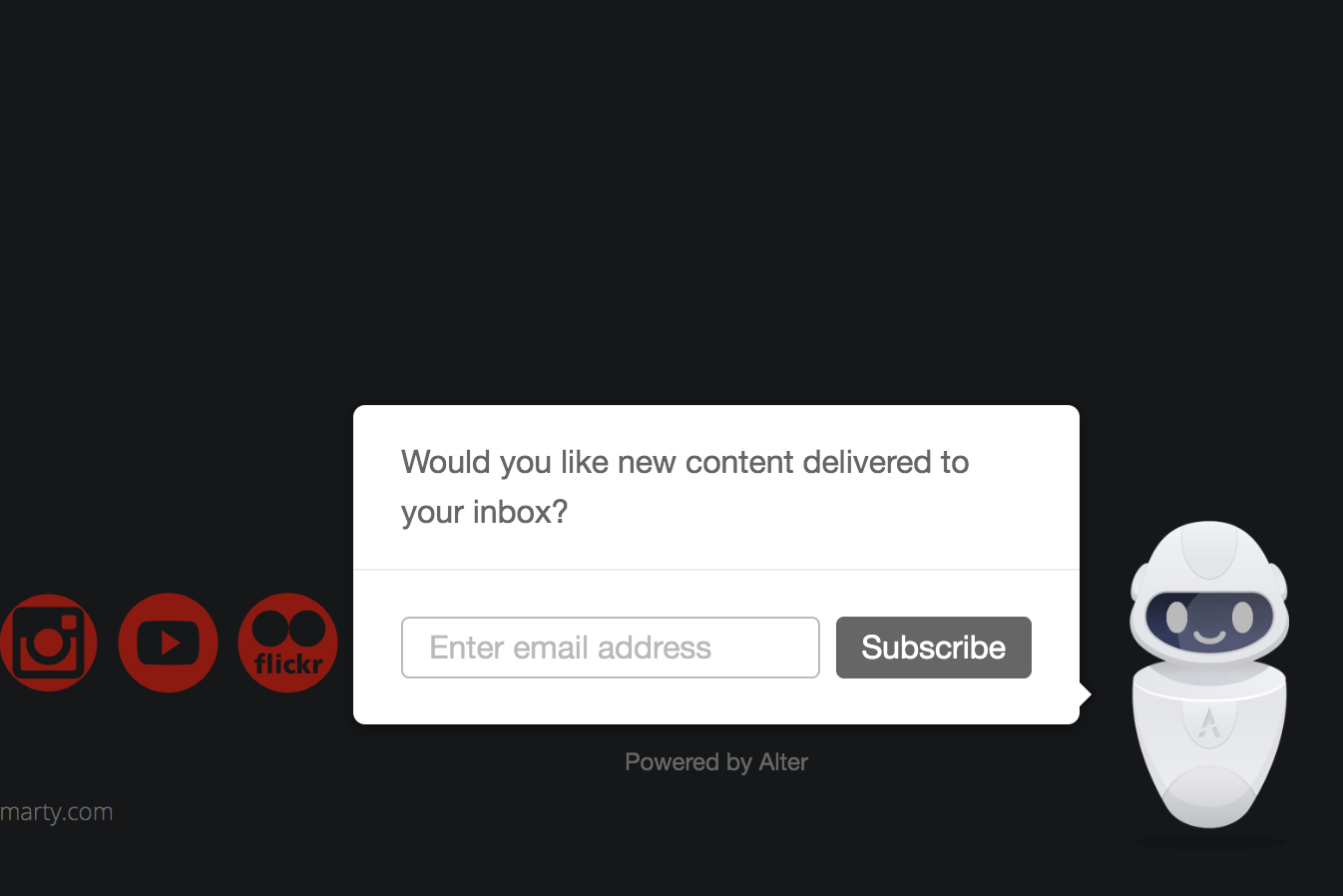
Alter is a smart marketing bot that aims at increasing your site engagement rate. You can connect it to your preferred email marketing software and then invite your new subscribers to complete the survey in the automated “Welcome” email.
For a solid research study, you’ll need at least 500 participants, so everything you can do here helps.
While collecting the responses, start coming up with visualization solutions. Here are a few tools and plugins to help.
3. Get Influencers’ Input
Besides collecting raw data, use “ego-baiting” technique to collect more ideas and add some trust signals to your future research study. Here’s how it will help:
- Influencers’ input makes any content more trustworthy and easier to remember (people will start associating your research with the recognizable names)
- Influencers’ input makes “associated ego-bait” possible, i.e. in your email outreach you’ll be able to mention notable names and that they contributed their insight. My Pubcon slide explains the concept as well as offers an outreach email example:
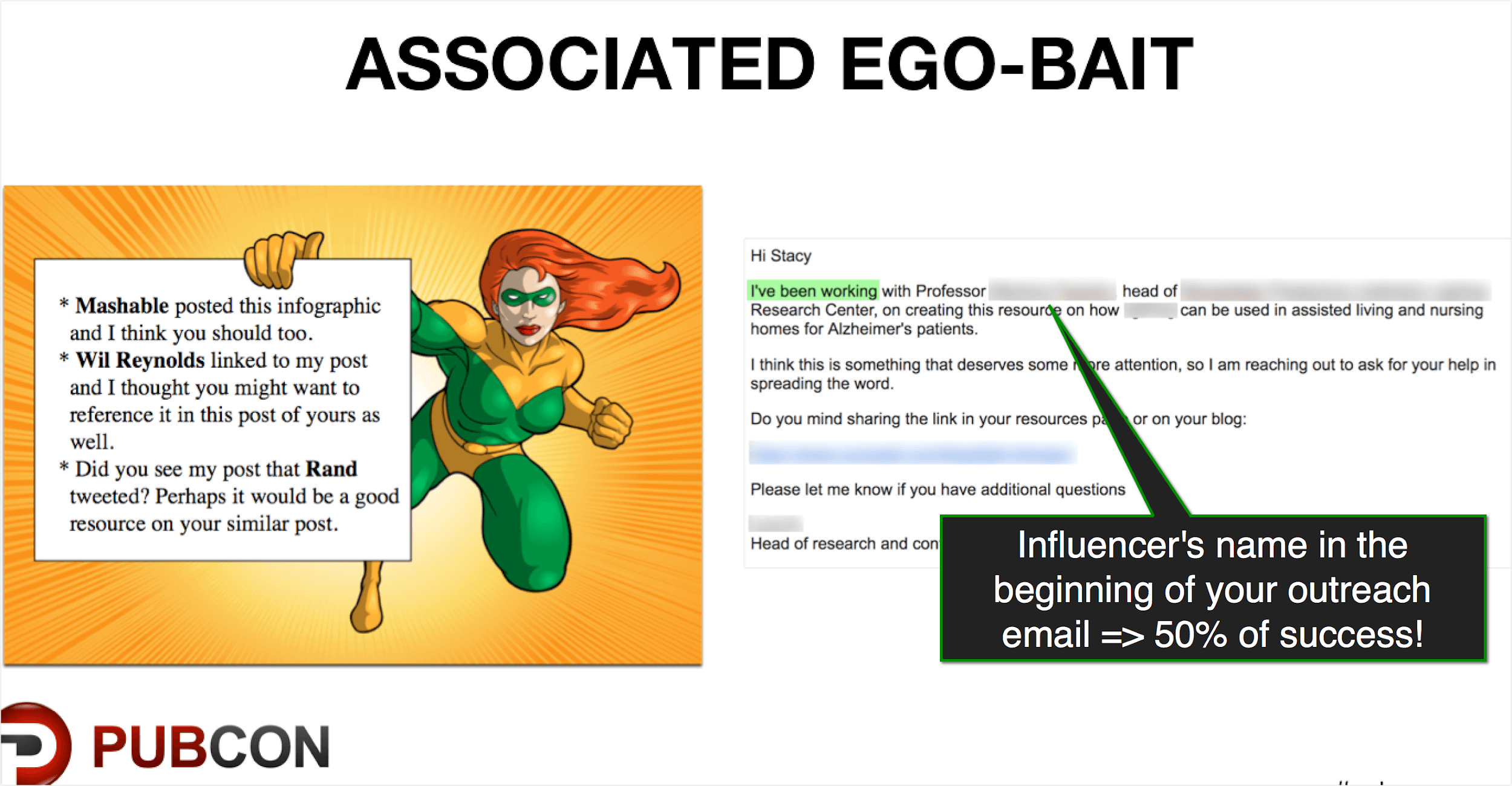
To give you a better idea, here are two well-known example of how original research can include a powerful ego-baiting component for better results:
- Moz’s “Ranking factors” survey featuring the list of contributing experts
- BigCommerce’s Omni-Channel report featuring quotes from notable industry experts:
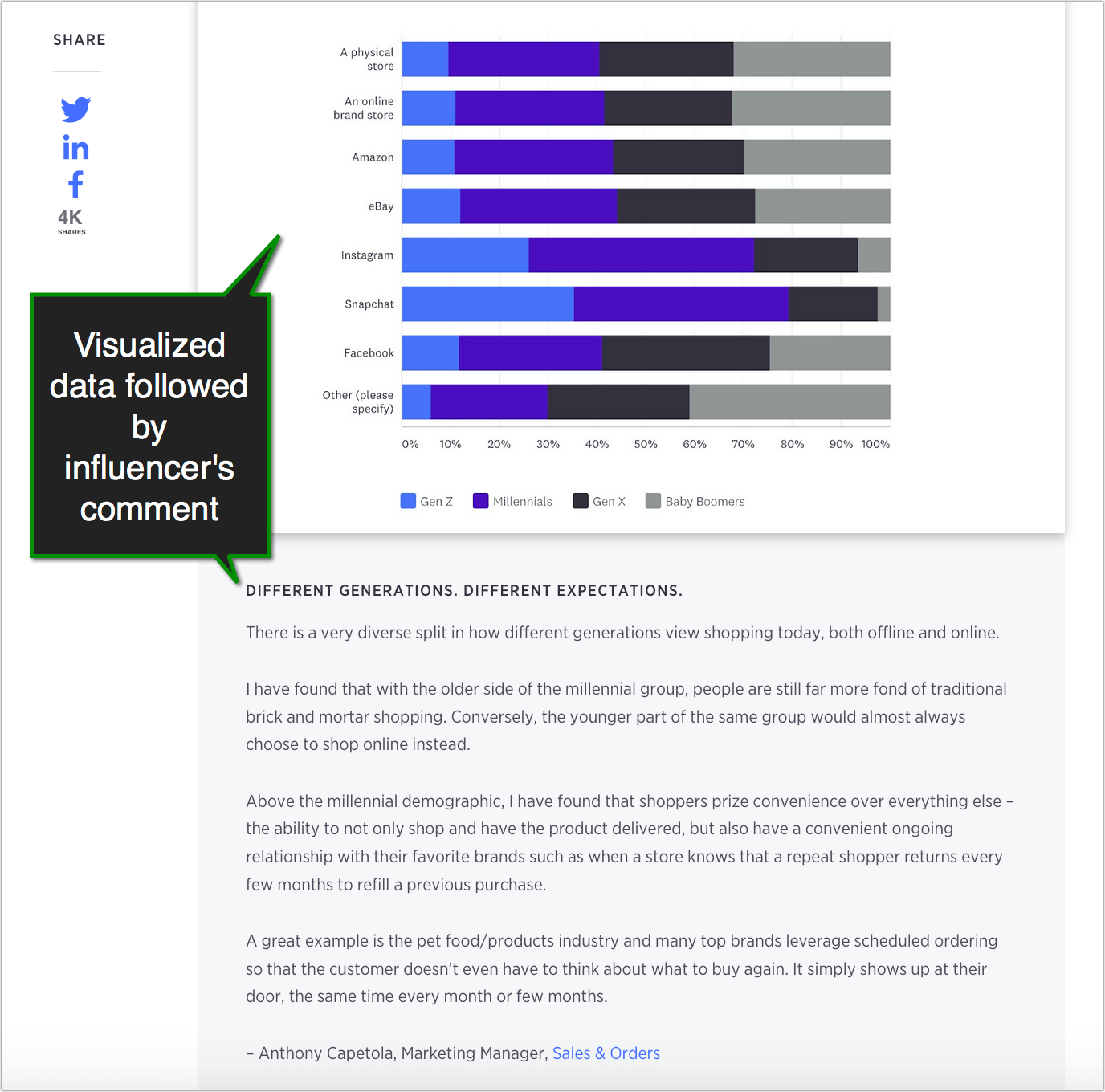
On top of that, you’ll also be able to get those experts link to that asset to. Here’s an outreach email I received from the author of a similar project:
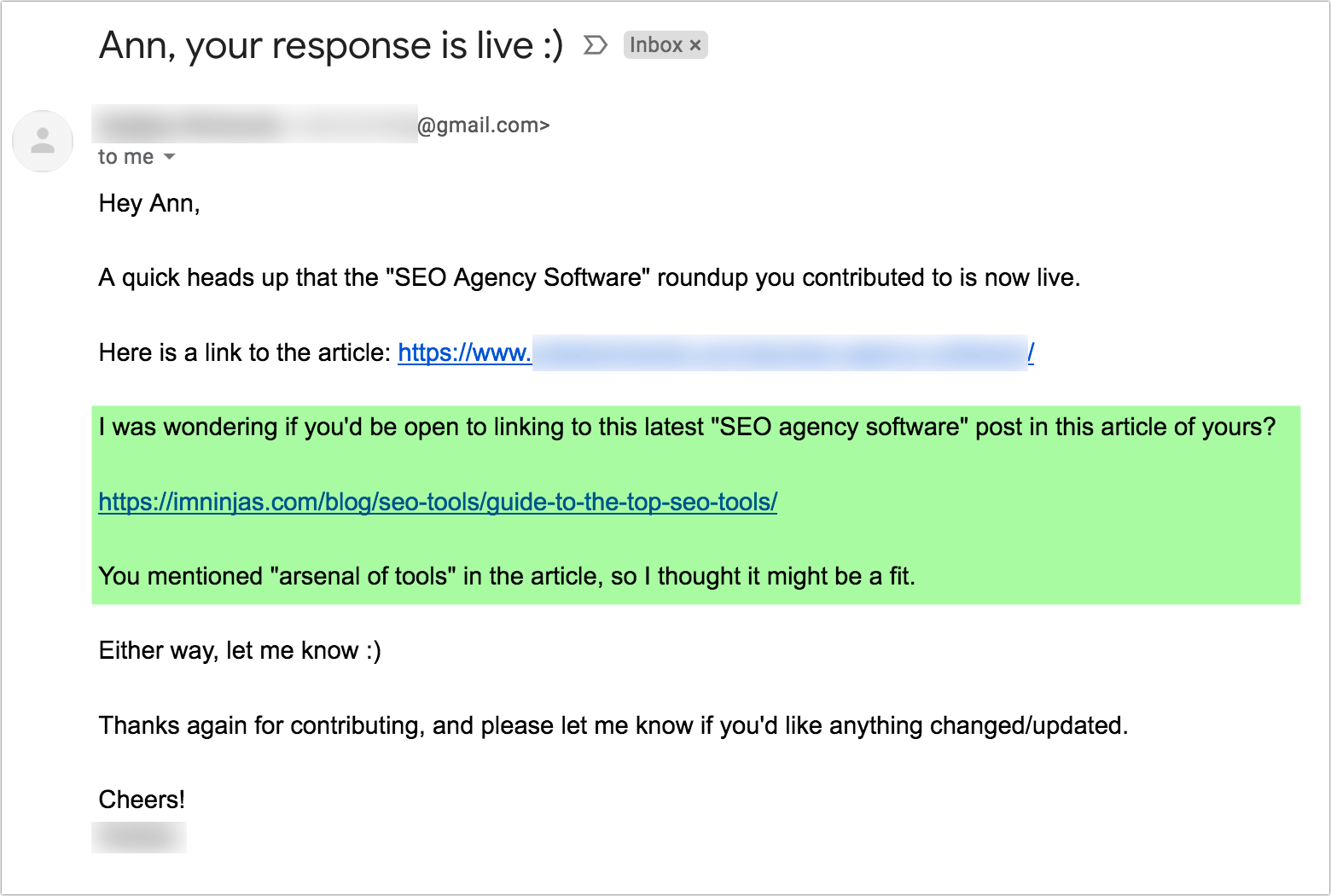
(Notice that this email includes exactly where and how I can link to the article. As a contributing expert, I couldn’t really resists this request!)
4. Put Everything Together
At this point, you need to create content that can both rank well and attract links. Use Text Optimizer to create content that will meet your target audience’s needs. Text Optimizer uses semantic analysis to identify associated concepts that need to be included in content:
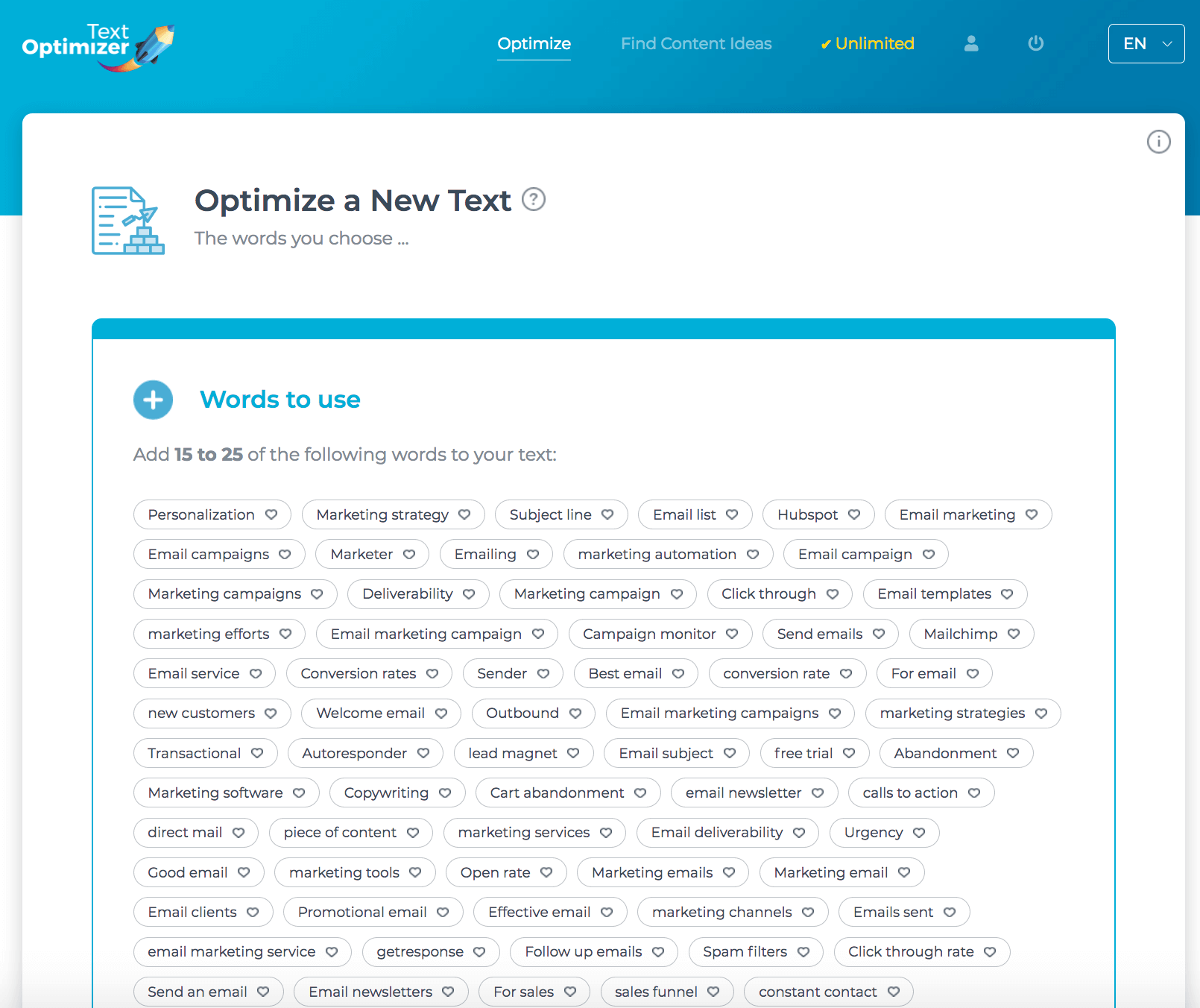
It is a great way to ensure your future asset will be able to rank higher as well as attract organic links.
Don’t underestimate the impact of visual appeal! Take some time to come up with appealing design and professional graphics. Highlight key takeaways, visualize numbers, create sharable images featuring influencers’ quotes, etc.
Now Start Your Outreach!
Original research + Ego bait + Email outreach = Your link building success
Don’t forget your ultimate goal is to generate links on an ongoing asset but don’t wait for them to come once you build it. Start with the email outreach while diversifying your templates:
- Claim links to old and outdated research on the same or similar topic
- Get your experts link to the content they contributed to
- Use associated ego-bait to generate more links through the brand association with contributing experts
- Get links from industry resources and lists
- Reach out to journalists and editors around the web

Here are additional ways to perform outreach: How to Still Build Links (Even in Boring Niches) with @JasonAcidre
Good luck!


